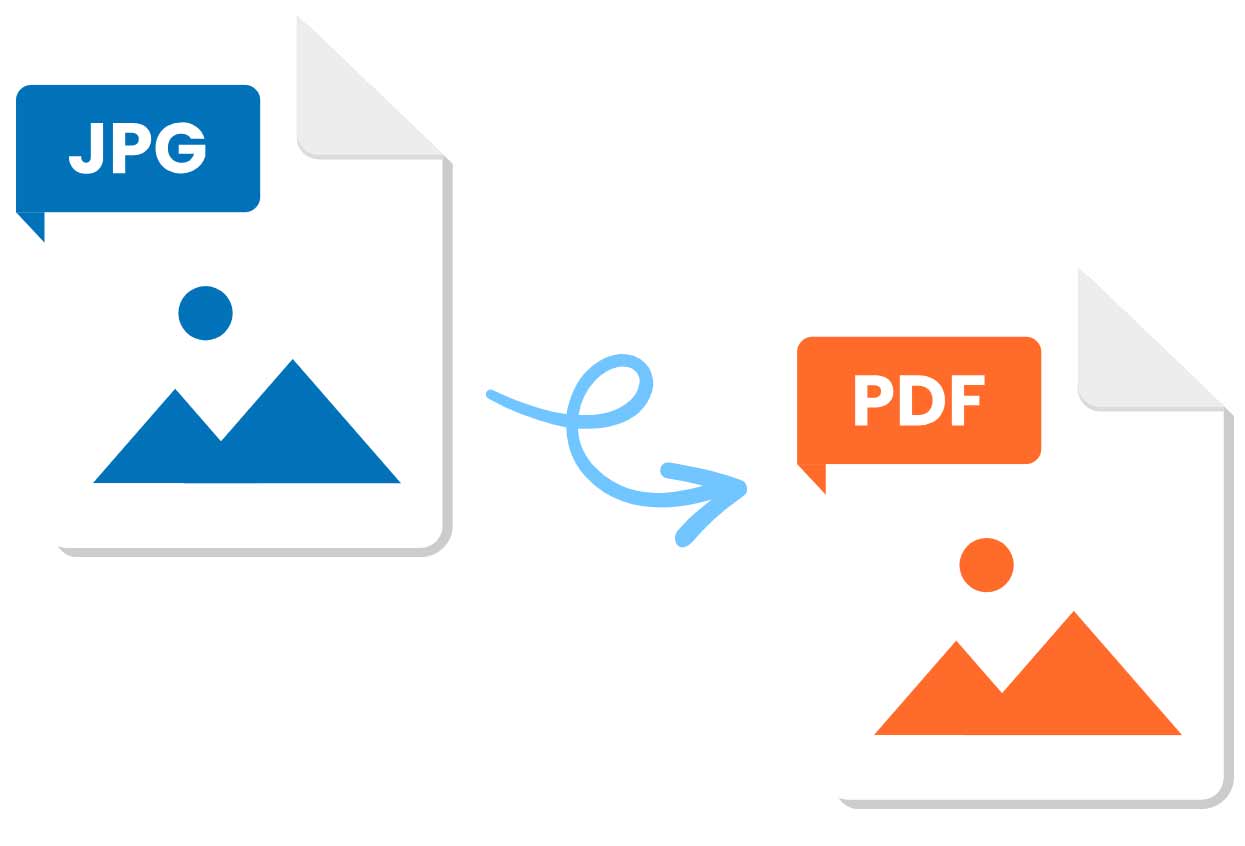Sharing and managing information efficiently is the most important parameter in today’s world. r Most probably we encounter situations where we require to turn images such as JPG or JPEG into a universally acceptable format like PDF.
Once you turn your
images into PDFs, they become easy to share, organize, and manage without much manual intervention.
This article is packed with different reasons behind converting your JPG files to PDFs. Let's read and explore them one-by-one.
Why Choose PDF over JPG?
PDF files have been entirely established as the one-go format to share and store documents. Let’s move further why PDF is often favored over JPG images.
Preserving Image Quality :
One of the most patented reasons for converting an image to PDF is the preservation of the quality of image. While JPG image format is well-known due to its compactness and convenience, it is a lossy file type. This indicates that each time a JPG image is opened and saved, some quality is lost. When it comes to PDF, it maintains the integrity of the image, this ensures that it looks as clear and cropped as the original.
Easy Accessibility and Universality :
PDF files are compatible across different platforms, devices, and operating systems. No matter whether you’re using a smartphone, tablet, PC, or Mac, you can seamlessly access, view, and share PDFs. This accessibility plays a pivotal role when it comes to ensuring that your PDFs can be opened and viewed by a wide audience.
Secure Information Sharing :
When transforming an image to PDF, you can attain the ability for applying password protection, encryption, and certain security parameters. This attribute makes PDF a perfect option for sharing sensitive information including confidential reports or legal documents, while entirely ensuring that only authorized individuals can access the stored content.
Combining Multiple Images into One PDF :
Another most auspicious reason for converting image to PDF is the ability for storing multiple image files into a single PDF. This is one of the best options for creating presentations, portfolios, or digitizing scanned documents. It works tremendously for the sharing process and keeps the related image files together.
Smaller File Sizes :
There are different situations, when JPG image files are significantly larger in size as compared to their counterparts like PDF. Converting images to pdf can lead to reduced file sizes, this makes it perfect for sharing files via email, uploading to websites, or even storing on the cloud platforms. In addition to that, smaller file sizes assists to save the storage space on your device.
Annotation and Markup Features :
PDF files are packed with extensive annotation and markup features, this makes it an ideal choice regarding collaboration. Once the image is converted to pdf, users can easily add comments, draw shapes, highlight text, and also attach sticky notes for providing feedback regarding the image. This parameter works best for professionals who regularly work on visual projects including graphic designers or architects.
Easy Printing :
PDF documents provide you with consistent and high-quality printing across several devices and printers. When it comes to converting images to PDF, your images will always be reproduced precisely, regardless what printers you’re using. This feature is immensely important for businesses that rely on the printed materials for communication and marketing.
Long-Term Archiving :
If your intentions involve storing images for the long term, PDF is the most preferred file format. It is significant and less prone to degradation overtime as compared to the JPG images. This is indicated as the most crucial aspect for preserving the precious memories or several other important historical notes.
Legal and Professional Documents :
When it comes to legal and professional settings, PDF works best for contracts, agreements, and different official documents. Transforming your jpeg images into PDFs entirely ensures that your content meets with industry standards and legitimate compliance requirements.
Searchable Text :
Well, converting images to PDFs comes with the stunning ability for making text searchable. By using OCR-based online JPG to PDF converter, you can swiftly extract text from the images and make it searchable. This feature is highly useful for data retrieving, researching, and managing documents.
Consistency and Presentation :
PDF files come with a level of consistency that JPG photos cannot match. When you turn images into PDF, it ensures that the layout, images, and other elements will remain the same on all devices and different other platforms. This consistency is highly crucial for businesses that require to maintain a professional image.
Conclusion
Converting your JPG images to PDFs is not at all just about changing the file types, it's about unlocking several other possibilities. There are certain upsides behind exporting JPG as PDF, you get a better idea after reading the whole context. Once you convert JPG to PDF, you simply enhancing the way for managing and sharing your digital content.

